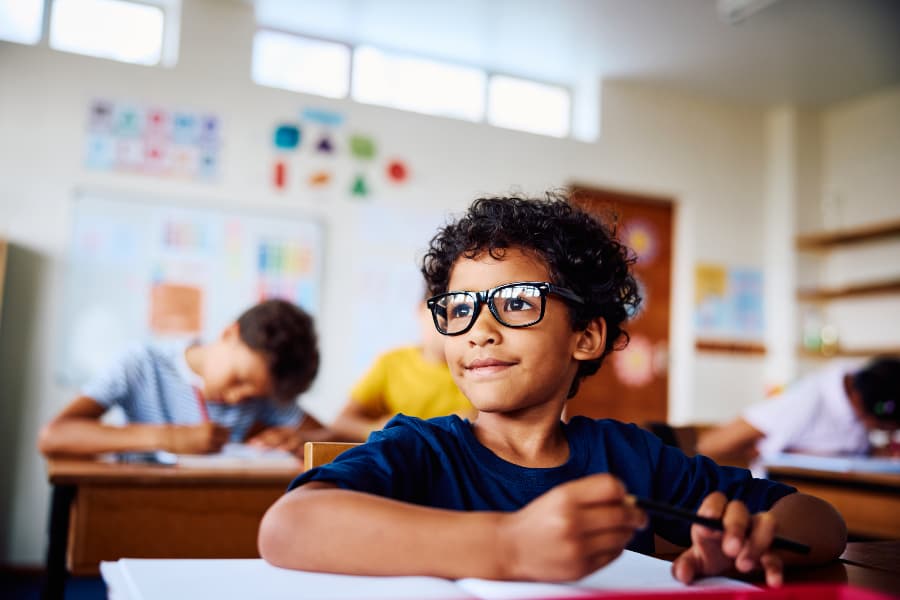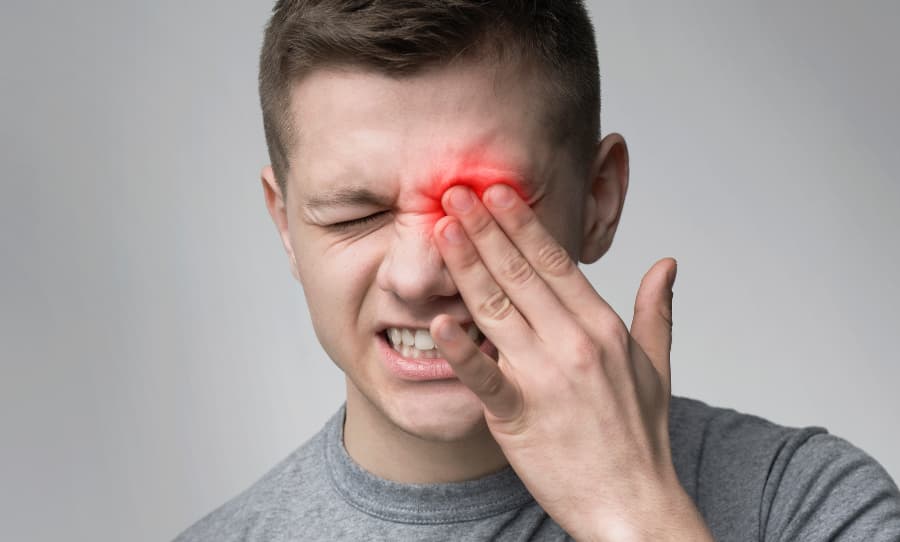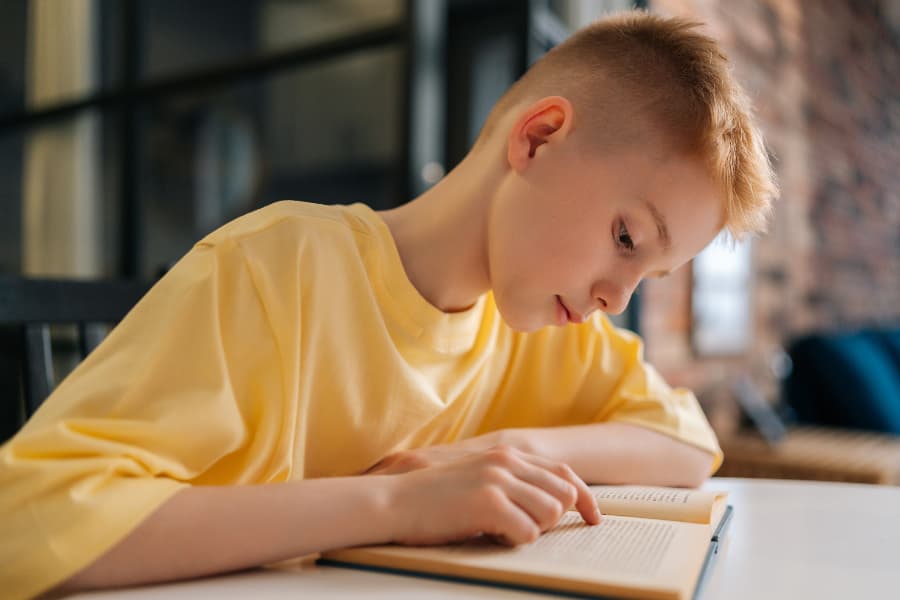The Necessary Visual Skills for Learning
People need more than healthy eyes and 20/20 vision to learn efficiently. Optical lenses and 20/20 vision can help people see small print, but other visual skills are necessary to help them learn. If you’re having trouble concentrating or with hand-eye coordination, you may be struggling with the visual skills necessary for learning.
Savedoff, Ciccone & Davis, Doctors of Optometry, P.C. offer vision therapy in our Syracuse and Manlius, New York, locations. This personalized therapy is designed to help children and adults strengthen their visual systems and brain-eye communication. Here, we discuss the different types of visual skills, the role they play in learning, and how vision therapy can help improve these skills.
Types of Visual Skills
Healthy vision is more than visual acuity. There are other types of visual skills your child needs to do well academically, athletically, or socially. Academic success and learning depend on having good vision, whether with glasses or without, and having strong visual skills, including:
Visual-Spatial Skills
Visual-spatial skills enable you to tell where objects are in space. This includes body parts, balls, cars, people, and obstacles. These skills also help you determine how far or near objects are from you and each other. Visual-spatial skills are essential for many tasks, including tying shoes, running around, navigating a crowd, and reading. For example, visual-spatial skills help you tell the difference between the letters “M” and “W.” They also let people solve puzzles, build structures, and read maps.
Visual-spatial skills are important for academic success, especially in geometry and higher-level math. Students with strong visual-spatial skills can easily grasp mathematical concepts and are better at visualizing and solving problems. If your child is struggling to tie their shoes, catch a ball, or identify shapes, their visual-spatial processing may need work.
Visual-Motor Skills
Visual-motor skills allow you to process visual information and translate it into coordinated actions. It is the connection between what you see and how your body responds. These skills influence your hand-eye coordination, which allows your hands and eyes to work together to perform tasks.
Some examples of visual-motor skills include the following:
- Catching a ball
- Getting dressed
- Drawing a picture
- Copying notes
- Playing sports
- Using scissors
- Parallel parking
Visual motor skills are a critical part of learning, especially when it comes to reading and writing. They also play a key role in being able to dress yourself, eat food, and play. If your child has messy handwriting or poor hand-eye coordination or trips over objects, they may struggle with their visual motor skills.
Visual Perceptual and Processing Skills
Visual perceptual skills enable the brain to make sense of and interpret what the eyes see. These skills play a key role in visual processing, hand-eye coordination, and spatial reasoning. Visual perceptual skills encompass how the brain processes visual information to understand the world and our surrounding environment. They are important for reading, writing, navigating crowds, and distinguishing between different objects.
Visual perceptual and processing skills allow you to recognize letters and words, follow lines of text, and space words appropriately on a page. They also help you recognize objects, judge distances, and find your way around. Children who struggle with their visual perceptual skills may struggle with everyday tasks, such as:
- Keeping track of belongings
- Losing place while reading
- Writing between the lines
- Writing uphill and downhill
- Concentrating on a single task
These skills are essential and are the foundation of most daily activities. Deficiencies in one or more of these skills can be associated with learning problems.
How Vision Therapy Can Help
Vision therapy is a personalized vision training program that uses exercises and state-of-the-art tools and technology to improve the quality of a person’s vision. This process works to strengthen the connection between the eyes and the brain. At Savedoff, Ciccone & Davis, Doctors of Optometry, P.C., our doctors conduct a comprehensive eye health examination to determine your specific treatment plan.
Whether the patient needs optical lenses or not, our team will develop an individualized program to meet their needs. We’ll conduct a visual-perceptual skill evaluation to determine their ability to process visual information. This will help us decide whether the learning struggles are due to visual deficiencies. With this insight, we’ll create a list of exercises for the patient to do in our office and at home.
Vision therapy strengthens the eyes’ ability to track movement, work together, and focus on objects. Using specialized lenses, prisms, and computerized visual training programs, your brain can adapt and form new connections. By improving these skills, you can experience less eye strain, an enhanced quality of life, and better hand-eye coordination.
Strengthen Your Visual Skills With Savedoff, Ciccone & Davis, Doctors of Optometry, P.C.
If a person’s visual skills aren’t functioning at optimal levels, they won’t be able to learn as effectively as their peers. They may struggle with reading or writing and have self-esteem issues. Vision therapy can help strengthen these skills, improve performance in the classroom or at work, and make them feel more connected to their peers.
The board-certified optometrists at Savedoff, Ciccone & Davis, Doctors of Optometry, P.C. can help patients improve their visual skills with our comprehensive vision services. Our personalized vision therapy can help individuals of all ages overcome barriers to learning and their social development. To learn more about our services, contact us today.



